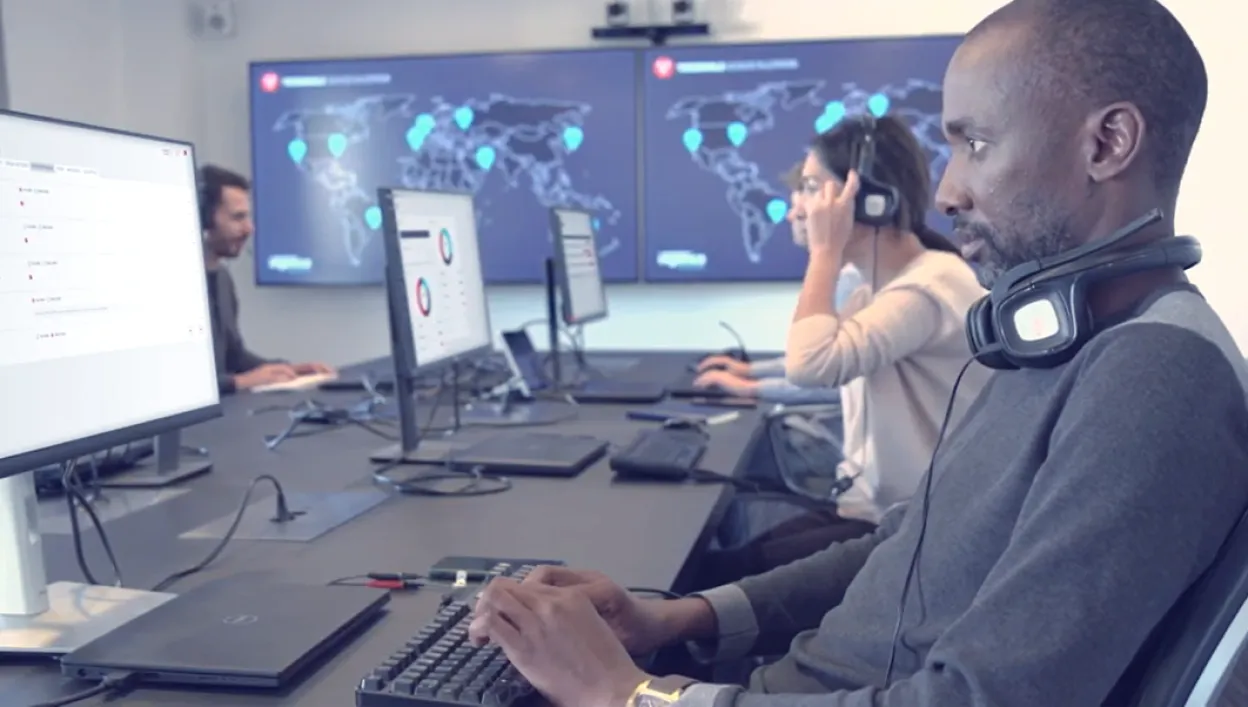Usually, when you launch a new solution, there is a specific need or problem in mind that is being addressed. However, these initial developments can bear limited reality or cognizance to what the future may hold. Like the statue of David, back when it was merely a sizeable lump of marble, each bit gradually removed revealing its true purpose and the form it would serve.
In payments, the same can be said about estate management tools and the role they play in helping estate owners manage their estate. Simple when the purpose is in the premise. At the outset, there was a tool to facilitate the remote configurations of payment terminals and the updating of their software. But over time this purpose has morphed, exposing a bigger role with even greater value.
Back in the day it was simple, terminals were new, not great in number and were handled manually. As their quantity grew, the effort of managing such complex devices, particularly given the crucial role they play in the payment process, all got a bit more complicated.
Thus the ‘estate management solution’ was born, and for Ingenico TEM (The Estate Manager) was conceived, neatly solving the demand for a remote management solution.
The opportunity of modern-day estate management
Roll forward a few years and this solution has transformed beyond its original genesis to offer wider and richer functionality than was ever considered at the outset. So much so that whilst its initial positioning as a software update tool is still relevant, it’s probably no longer the main event.
Imagine an estate of 100,000 terminals all operating independently, serving as a point of trust in the payment equation. The principles of management are simple; keep me up-to-date and keep me compliant. However, if you zoom in to the individual merchant or terminal, a different set of needs start to emerge.
With the advent of Android, payment terminals provide more interesting real estate and the opportunity to do more stuff. As a merchant, if I can bring more value, increase my revenue, make my life easier - then I’m in, show me where to sign.
This may be as simple as activating alternative payment methods to let you use Alipay or China Union Pay as a new payment means. Or on the flipside, keeping the terminal working especially when it is needed most. Downtime of a payment terminal can be an effective killer of trade, particularly in the past 18 months where much of the world has pivoted to use contactless as their primary and often sole means of payment.
So, what’s new and why are these developments such a big deal?
Three areas of improvement standout, those that improve the health of the terminal, those that enable better security and lastly those that enable the provision of greater value:
1- Health – The inconvenience and opportunity cost of having a terminal out of action can be a real problem. Whilst Ingenico’s terminals are manufactured to the highest standards, issues can occur. When such an event happens, the route to resolution is either via a call to a helpdesk or a return to base for repair. What Ingenico’s new breed of estate management solutions provides is greater transparency, insight, and the opportunity to intervene earlier.
This starts with a regular heartbeat check-in to the terminal. A simple routine ensures that, at all times, the estate owner knows that the terminal is alive and well. If however something does go wrong, this is where the healthcare routines and support services can kick in.
Ingenico’s terminals, combined with TEM, can let the merchant alert the estate owner of any issues they may be experiencing. The alert can be accessed through TEM, details of the issue easily viewed, and then appropriate follow-on action can be taken.
Moreover, with the support of a helpdesk team who can access a live view of the terminal (configuration and any error reporting), remote work can take place to sort the issue and return the merchant quickly to normal operation. So, with better error alerting, terminal access and diagnostic support, the disruption to merchants is minimised, the number of field visits reduced and where possible a return to base avoided.
2- Security – A better way to consider a terminal is as a point of trust. A place where business can be done safely and securely. If this is paramount, then it follows that it is key to look after this asset to ensure its integrity. Equally the asset itself is an expensive item so securing it physically is also important.
With the developments in TEM the estate owner can now check, through a heartbeat call, that all is running okay and receive alerts if something is amiss. On-board tamper proofing protects the terminal and for location, a geocaching service lets the estate owner define the physical boundaries in which the terminal should stay located. The confidence to know that the terminal is where it should be and operating safely is a big step on from the original ‘release to the wild’ strategy.
3- Value – Nowadays the terminal is so much more than just a means of payment acceptance. With greater screen real estate and processing power, running other applications becomes a real possibility. Here the range of use cases are endless and like the proliferation of apps on our phones, the sky’s the limit for merchants as they find solutions and services that match the needs of their business (e.g. pay at table, bill split, a mini till, or alternative payment via QR codes).
With a rich app store through which to curate business content, and the ability to push such solutions to merchants, the terminal’s role and consequent value is increased. Estate management provides the medium, the point of connection and the place where the boundaries of the terminal expand all at once.
The nature of restless curiosity invariably leads to investment in the development of new and uncharted territories. Estate management and the TEM solution offered by Ingenico is one such development journey.
As a solution it has come a long way from its humble beginnings and over time it’s gathered pace. With the benefit of customer feedback, and an imaginative and talented development team, it’s expanded its horizons to offer richer and better capability.
So, sometimes from little acorns, great oak trees do grow.












